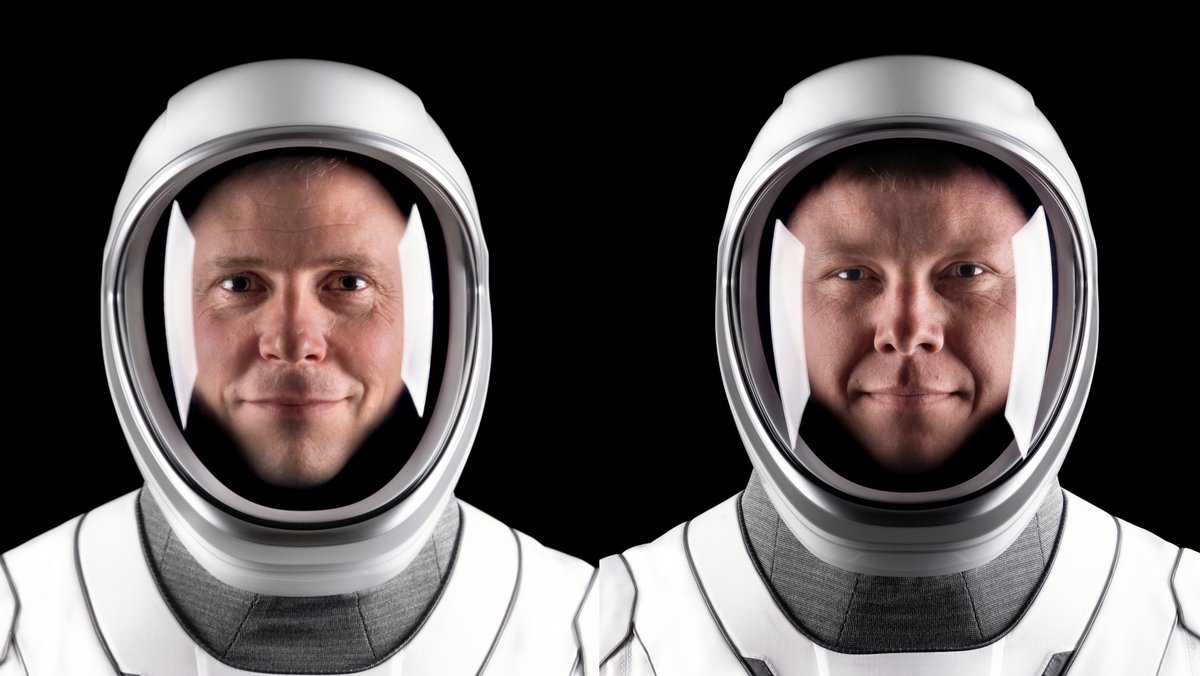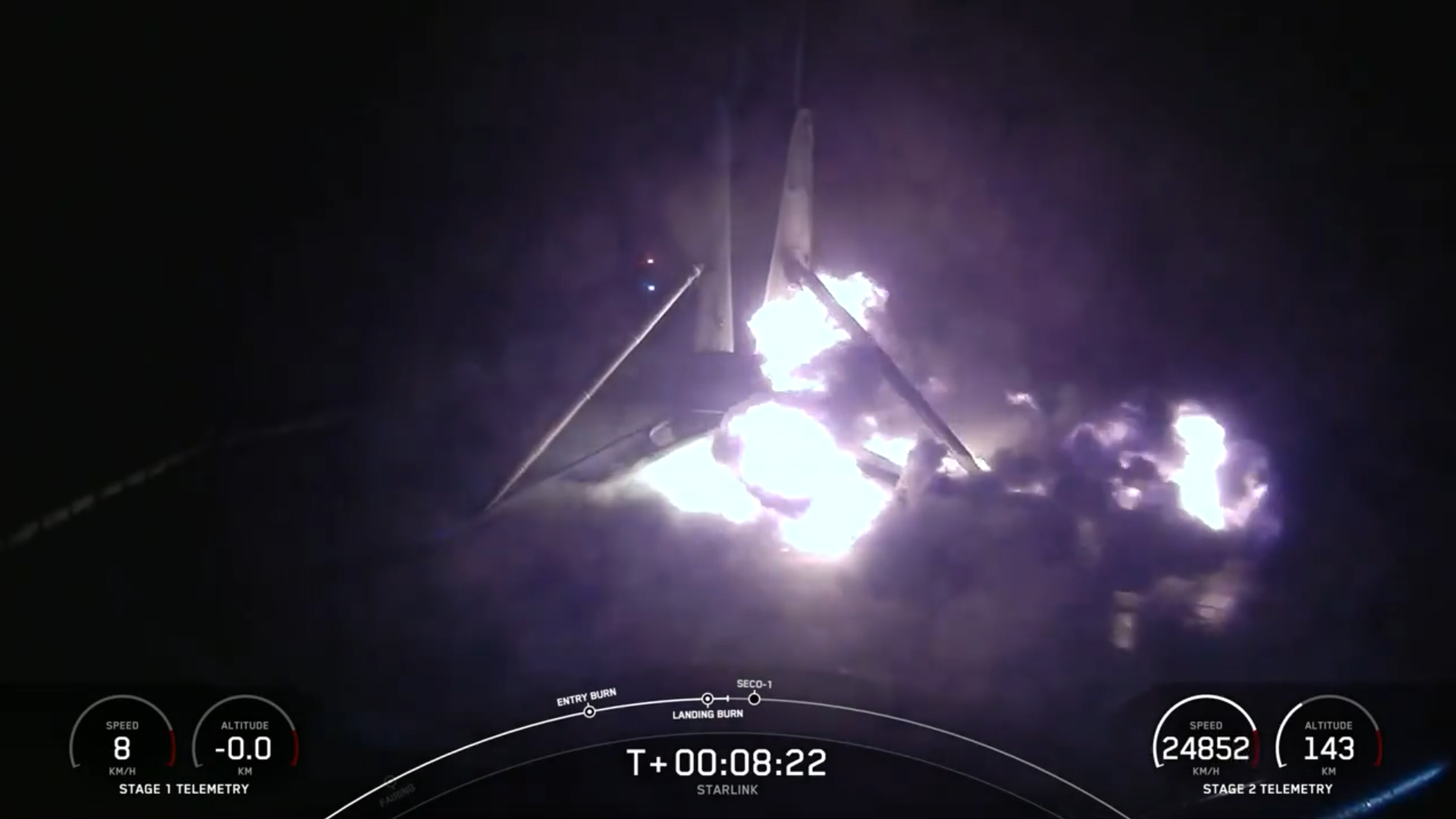
NASA has removed two astronauts from a forthcoming SpaceX mission to make room for two others needing a new ride home from space.
The SpaceX Crew-9 mission will now fly only NASA astronaut and U.S. Space Force commander Nick Hague, and Roscosmos astronaut and mission specialist Aleksandr Gorbunov to the International Space Station (ISS), NASA officials announced Friday (Aug. 30). This will leave two seats empty in the Crew Dragon to bring home NASA astronauts Butch Wilmore and Suni Williams, who are unable to return to Earth aboard Boeing Starliner as planned.
Original Crew-9 commander Zena Cardman and mission specialist Stephanie Wilson, a space shuttle astronaut, will sit this spaceflight out. But the NASA astronauts "are eligible for reassignment on a future mission," agency officials added in the statement. Hague was originally the pilot of Crew-9, but is now the commander; Gorbunov remains as mission specialist.
Related: Boeing's 1st crewed Starliner to return to Earth without astronauts on Sept. 6
Starliner is on a historic first test mission with astronauts and reached the ISS on June 6 after experiencing trouble with its propulsion system and thrusters. Following two months of tests and safety discussions, NASA eventually said the risk was unacceptable to return Wilmore and Williams home on Starliner due to uncertainties about how well the thrusters would work. (Starliner should undock uncrewed from the ISS on Sept. 6, to free up its docking port on the U.S. Harmony module for Crew-9.)
The agency considered several options for the Starliner's astronauts' return before electing to launch Crew-9's spacecraft half-empty for an expected February 2025 mission conclusion. This allows Crew-9 a normal half-year ISS rotation and will bring home the Starliner astronauts after roughly eight months in space; the Crew-9 mission was delayed from an initial Aug. 18 launch date to make the necessary changes.
Crew-9's new Sept. 24 liftoff target has more than the usual uncertainty, however. SpaceX's Falcon 9 rocket tasked to launch Crew Dragon is grounded following the loss of a different Falcon 9 variant that launched a SpaceX Starlink satellite mission on Wednesday (Aug. 28). The Federal Aviation Administration (FAA) is investigating as well as NASA and SpaceX.
Related: FAA requires investigation into SpaceX Falcon 9 rocket landing failure

Crew-9 is Gorbunov's first flight. His seat is under a NASA arrangement with Roscosmos to fly one Russian space agency astronaut with each SpaceX mission. NASA receives seats on Russian Soyuz spacecraft in return, for policy and backup reasons.
Hague, a U.S. Space Force Guardian and former test pilot, has been twice to space as a NASA astronaut with the U.S. Air Force. The first visit was brief, however. He was aboard a Russian Soyuz spacecraft with cosmonaut Alexey Ovchinin on Oct. 11, 2018 that aborted minutes after launch due to a rocket problem. That spacecraft briefly reached space before returning to Earth with the crew unhurt.
Hague and Ovchinin successfully arrived at the ISS five months later in 2019 on their second try in Soyuz, during a 203-day-long mission. Hague transferred to the Space Force in 2021. With Crew-9, he will be the first active Guardian to launch on a space mission.
NASA spacecraft generally fly with at least one U.S. military pilot aboard. The reassigned astronauts from Crew-9, Cardman and Wilson, are a scientist and engineer by training, respectively. Crew-9 would have been Cardman's first mission and Wilson's fourth, following space shuttle missions STS-121 in 2006, STS-120 in 2007, and STS-131 in 2010.







